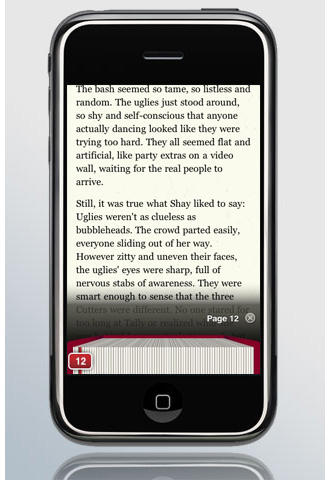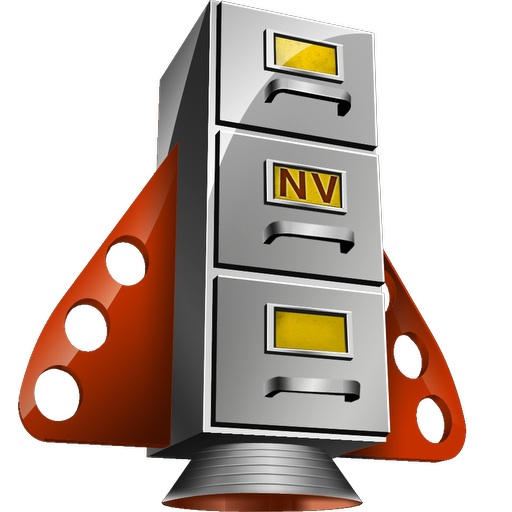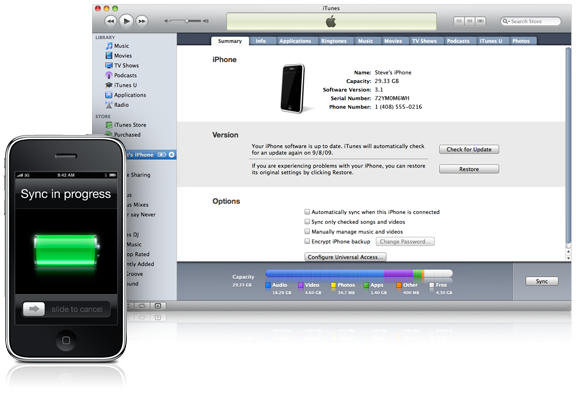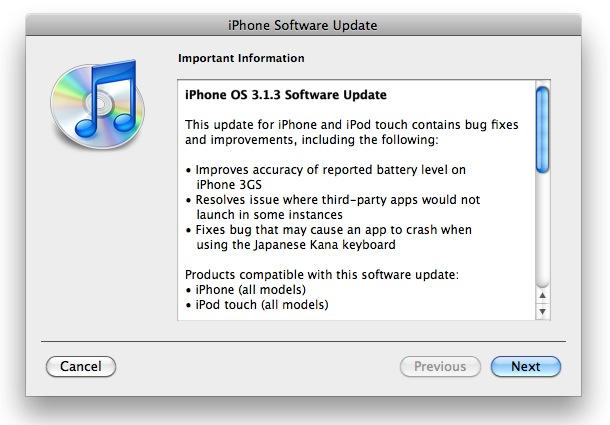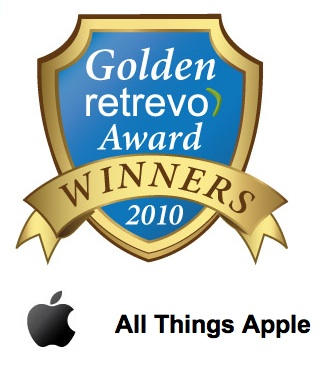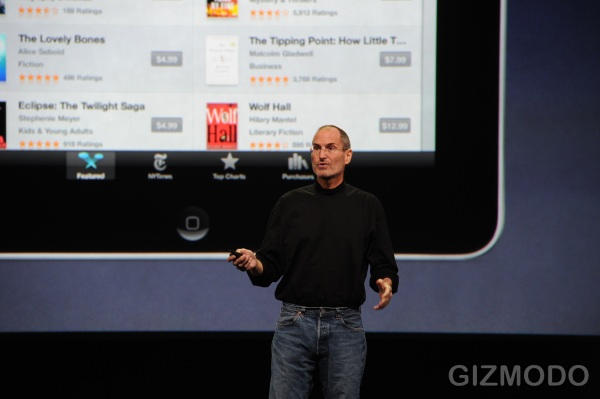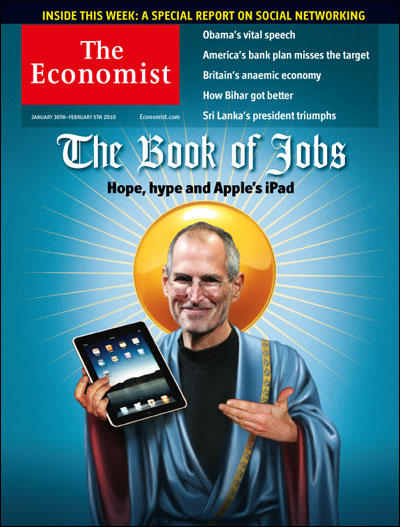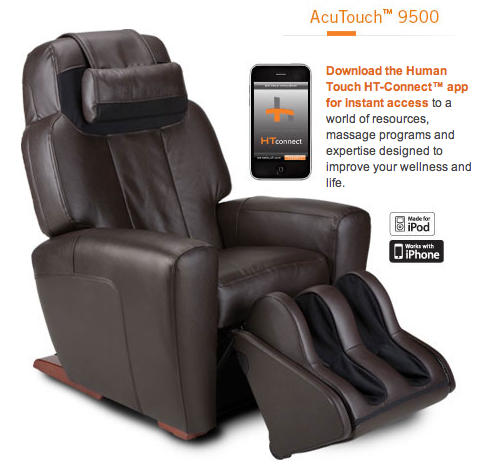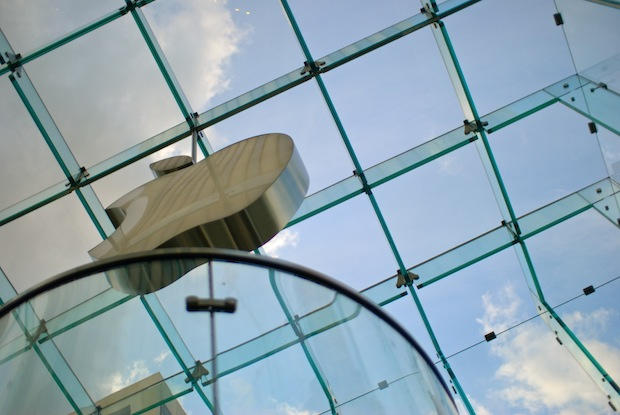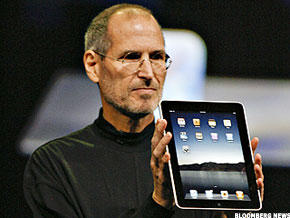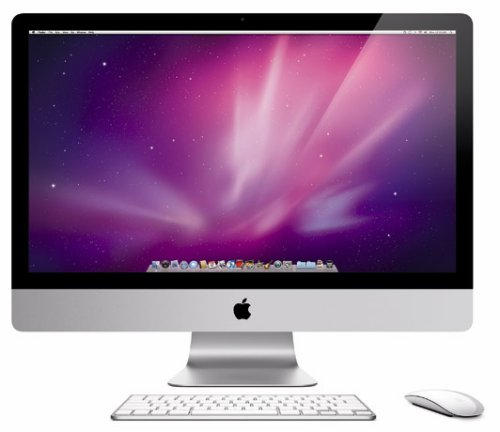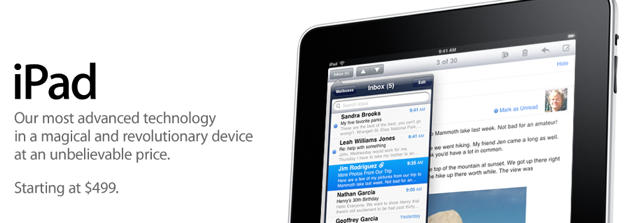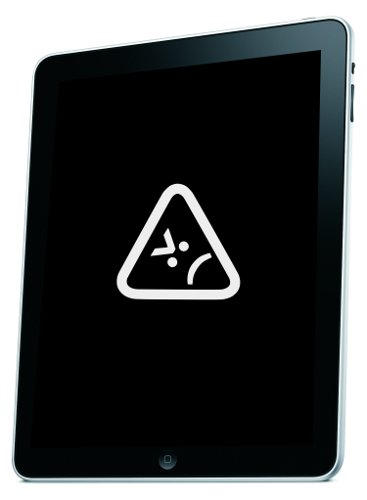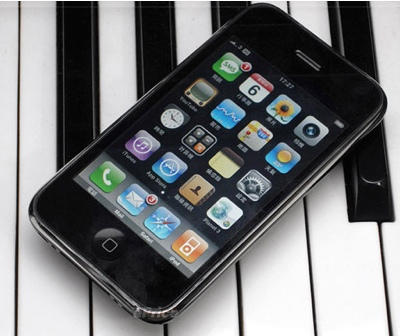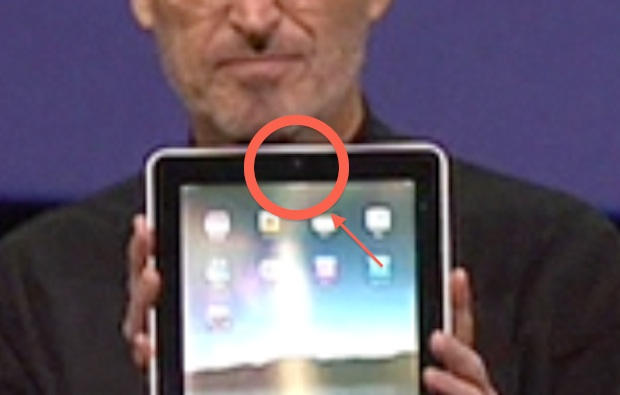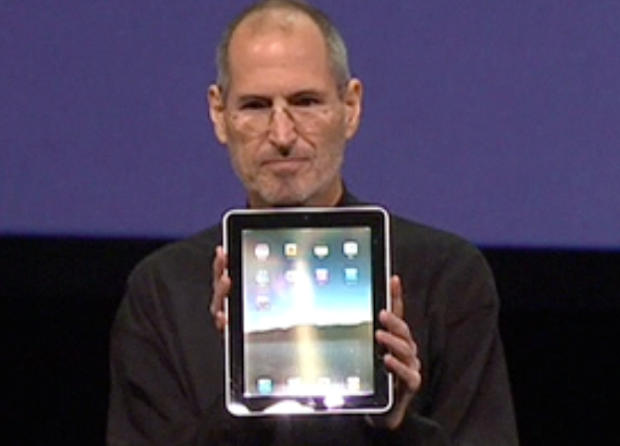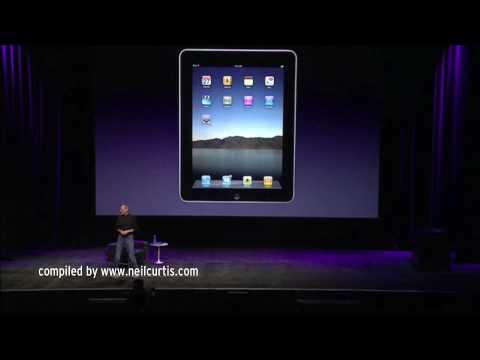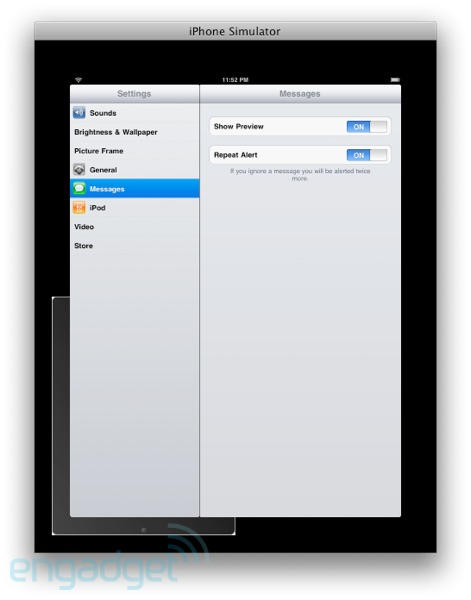The Wall Street Journal is reporting that major publishers have approached ScrollMotion to adapt their textbooks for use on the Apple iPad.
You may have seen ScrollMotion’s existing e-books in the App Store: the company takes existing books provided by publishers and adapts them so they look good on the iPhone or iPod Touch’s smaller screen, then enhances them with built-in search, indexes, dictionaries and interactive flourishes.
Not very surprising that a company devoted to translating e-books to a format that takes advantage of the iPhone’s innate capabilities would be looking to do the same thing for the iPad. But according to the Journal, ScrollMotion has a long list of big-name textbook publishers already lined up,including McGraw-Hill, Houghton Mifflin Harcourt, Perason Education and Kaplan.
This development makes apparent the huge advantage the iPad has over the likes of the Kindle DX in the college textbook market: not only is the iPad a fantastic student tool in its own right for things like note taking and playing around with study-specific apps, but its textbooks can be truly interactive in a way Amazon’s currently can not.
That’s a revolutionary leap forward in the way students learnt… and the iPad is priced cheap enough that almost any student can afford to own one.
